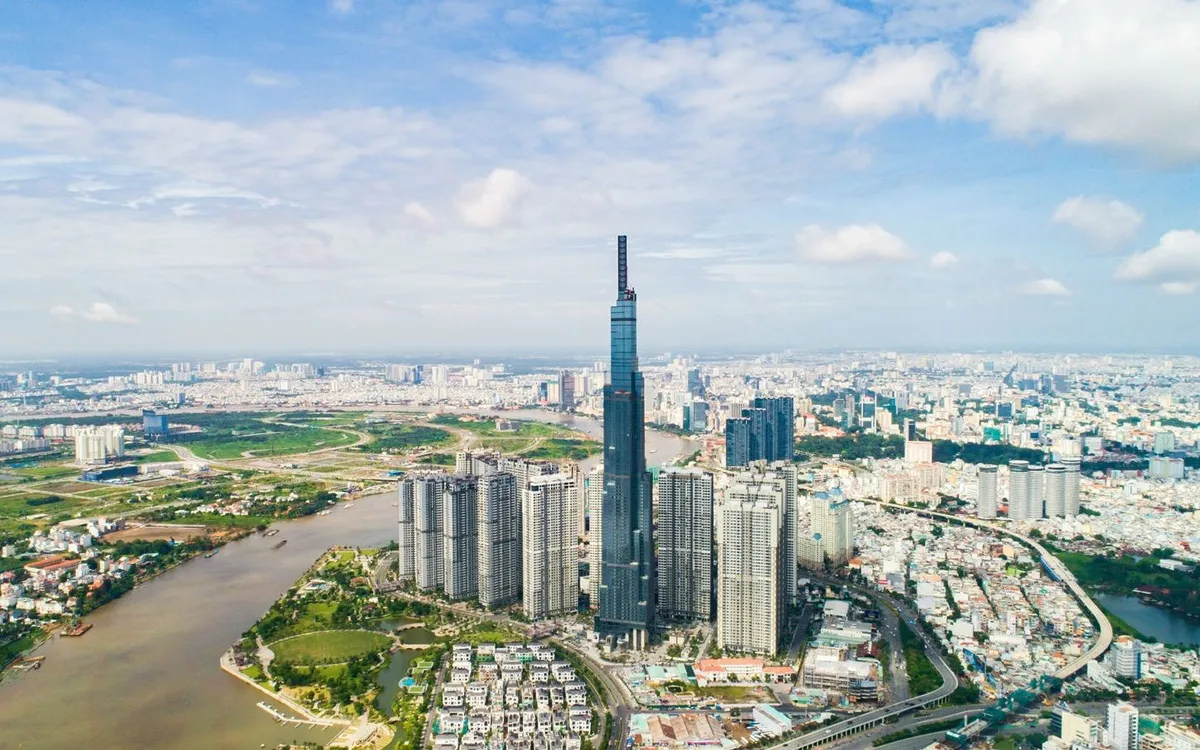
Illustration photo.
Resolution 171 of the National Assembly takes effect from April 1, 2025, guiding the pilot implementation of commercial housing projects through agreements on receiving the transfer of land use rights or existing land use rights.
The Resolution allows the Provincial People's Committee to submit to the People's Council for approval the list of land areas planned to implement pilot projects, at the same time as approving the list of works and projects that must recover land according to Clause 5, Article 72 of the Land Law.
According to the report, 74 land plots were included in the pilot list, with a total area of about 1,080 hectares. Of which, the residential land area accounts for 531 hectares, including more than 8 hectares of existing residential land and about 523 hectares of land expected to be converted to residential land.
In addition, the area of rice land planned to be converted to other purposes is more than 42 hectares. Notably, there is no area of protective forest, special-use forest or production forest under consideration for conversion.
Land plots included in the pilot list are based on many criteria, such as the land plot scope must be consistent with the district-level land use planning (previously), construction planning or urban planning; consistent with the approved local housing development program and plan; and must be located in an urban area or an area planned for urban development.
In addition, the total residential land area in the pilot projects, including existing residential land and land expected to change its purpose, will not exceed 30% of the additional residential land area in the 2021-2030 planning period, according to the province's approved land allocation and zoning plan.
Previously, businesses were only allowed to build commercial housing projects on legal residential land or residential land mixed with other types of land. Therefore, many areas, although included in urban development planning but not recognized as residential land, are still in a state of stagnation, investors cannot collect land to apply for construction permits.
With the new regulation, land types in the planning can be converted into residential land to implement projects, as long as they are not related to forest land and do not exceed 30% of the additional residential land area of the planning.
To effectively implement Resolution 171 of the National Assembly, the Ho Chi Minh City People's Committee previously issued a Decision to establish a Working Group to implement Resolution 171, with Mr. Nguyen Toan Thang - Director of the Department of Agriculture and Environment as Head of the Group.
The working group is responsible for reviewing and evaluating the conditions and criteria when making a list of land areas expected to implement the pilot project in accordance with the provisions of Resolution No. 171 of the National Assembly and Decree No. 75 of the Government .
Source: https://vtv.vn/tp-ho-chi-minh-de-xuat-74-khu-dat-tham-gia-thi-diem-du-an-nha-o-thuong-mai-100250926174554995.htm






![[Photo] Super harvest moon shines brightly on Mid-Autumn Festival night around the world](https://vphoto.vietnam.vn/thumb/1200x675/vietnam/resource/IMAGE/2025/10/07/1759816565798_1759814567021-jpg.webp)

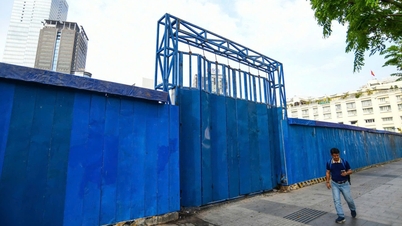

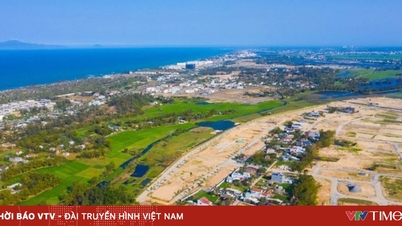
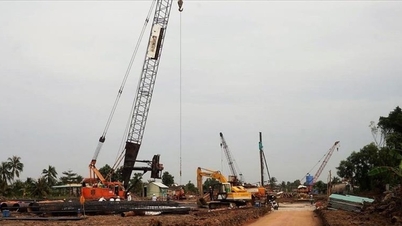

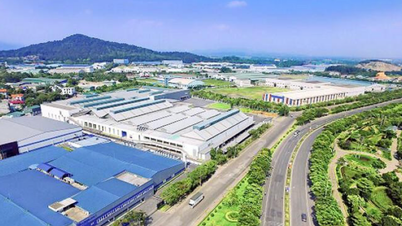
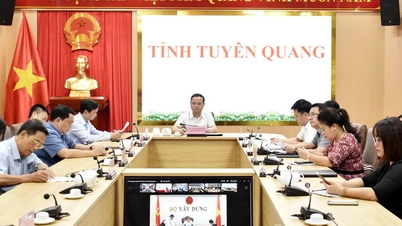


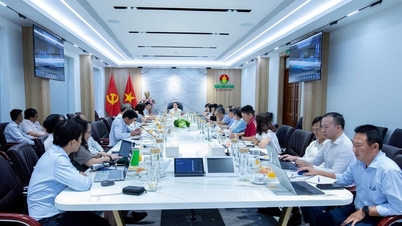
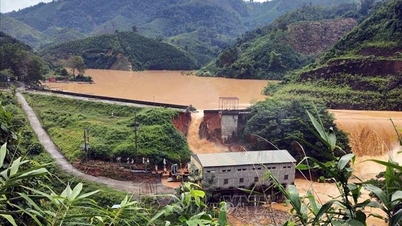





























































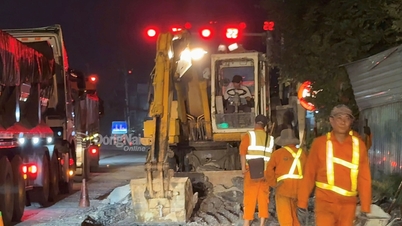

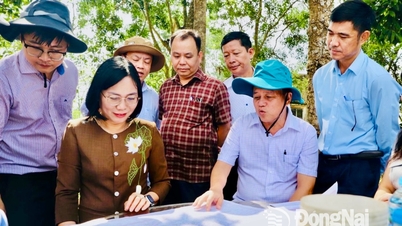

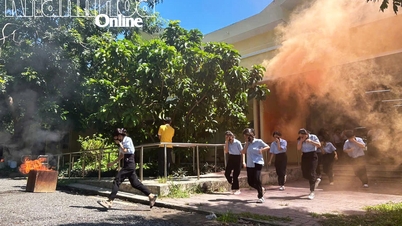
















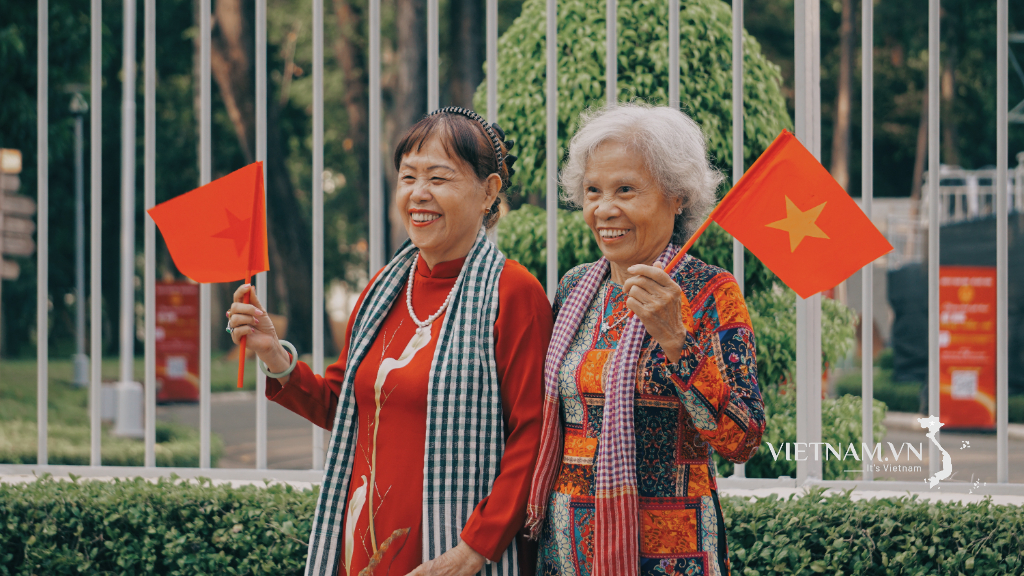
Comment (0)